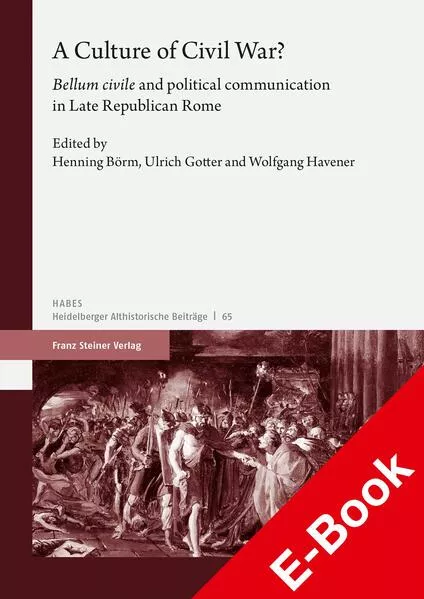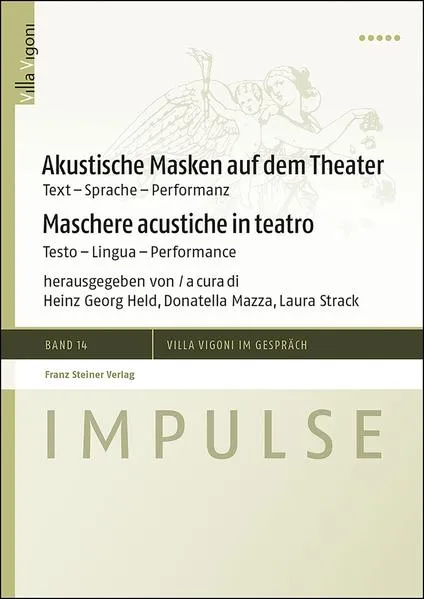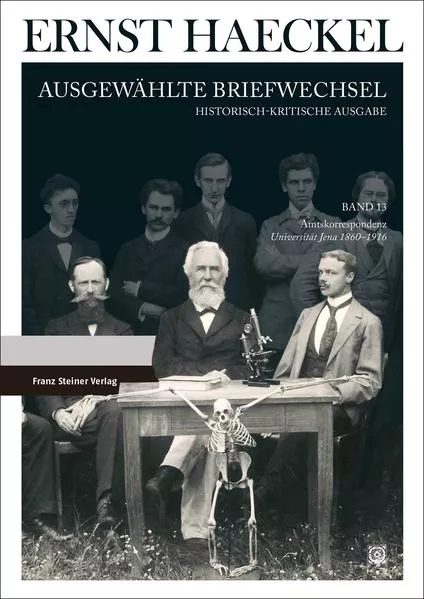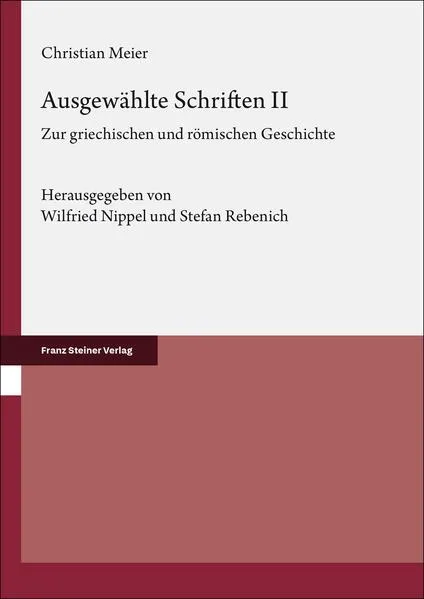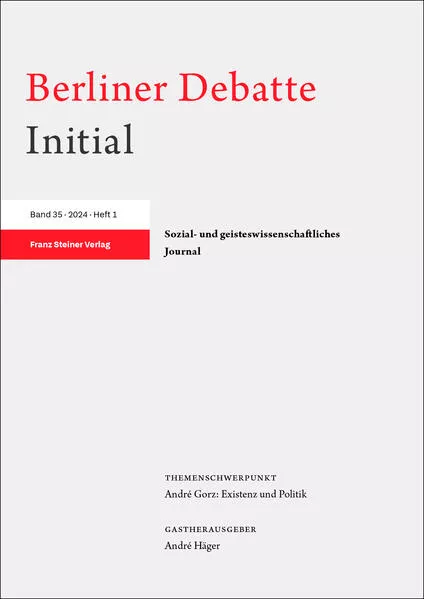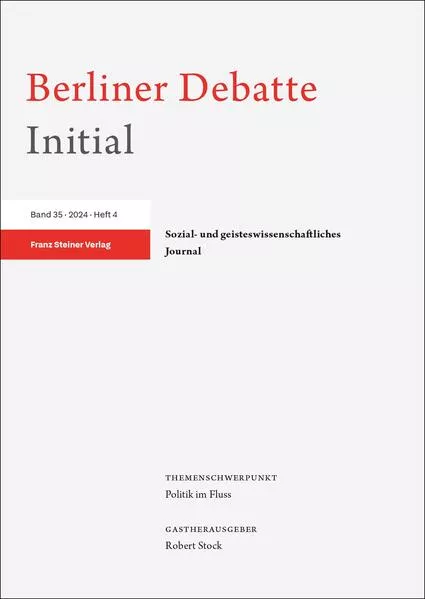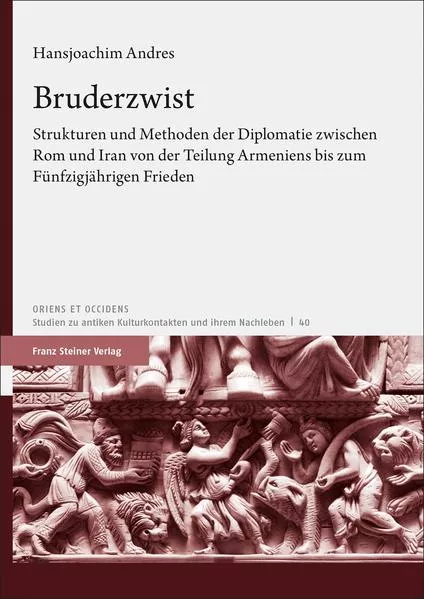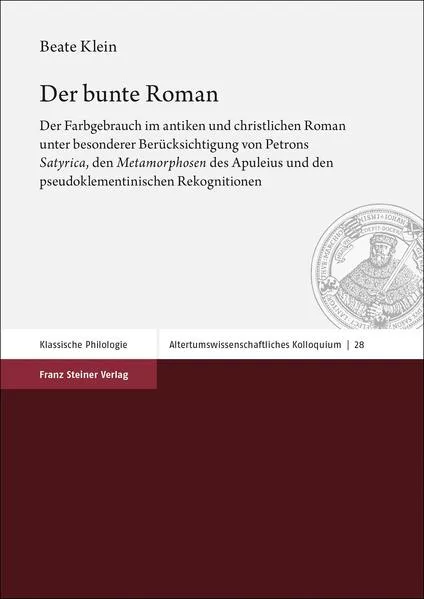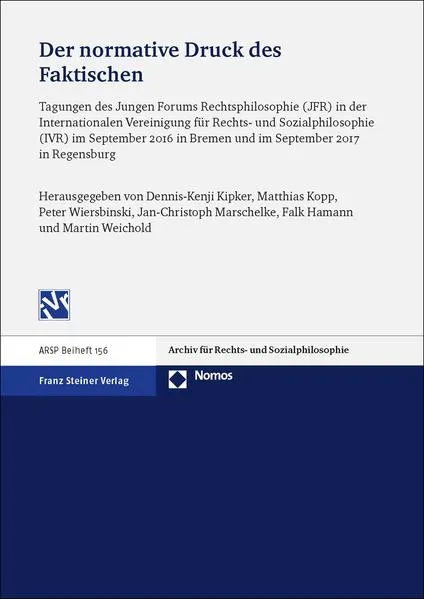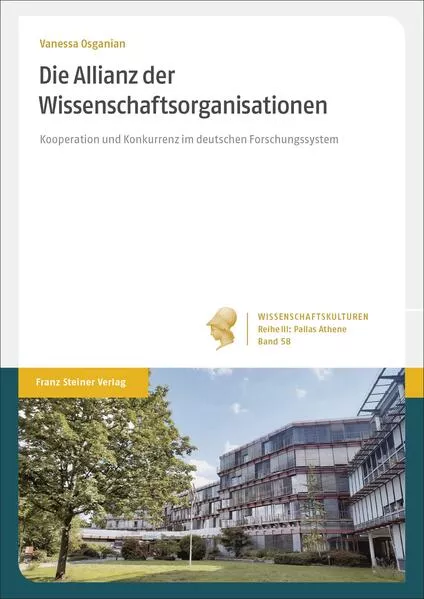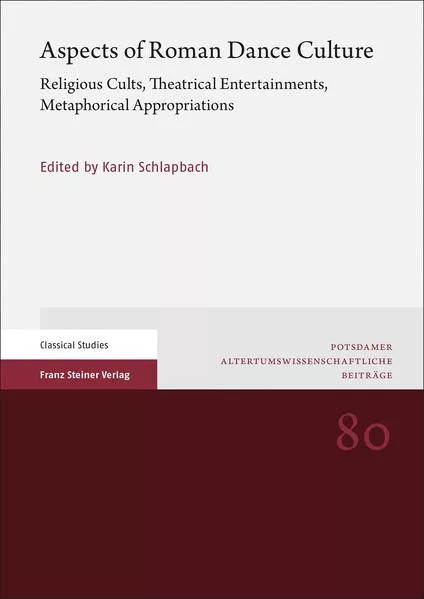
Aspects of Roman Dance Culture
Religious Cults, Theatrical Entertainments, Metaphorical Appropriations
The fourteen chapters of this book examine Roman dance by looking at its role in Roman religion, by following it into the theatre and the banquet hall, and by tracing its (metaphorical) presence in a variety of literary contexts, including rhetorical treatises, biography, and lyric poetry. These different approaches, which draw on literary texts, inscriptions, documentary papyri, the visual record, and modern reperformances, converge in illustrating a rich and vibrant dance culture which prided itself on indigenous dances no less than on its capacity to absorb, transform, or revive the dance traditions of their Etruscan or Greek neighbours. Dance was a cultural practice which was able to affirm Romanness, for instance in the case of the Salian priests, but also to raise the question of what was Roman in the first place, for instance when the originally Greek pantomime was embraced by Augustus and came to be known as "Italian style of dancing". Together the fourteen case studies offer fresh perspectives on an underexplored topic, shedding light on the manifold contexts, functions, practitioners, and appreciations of Roman dance.
Unterstütze den lokalen Buchhandel
Nutze die PLZ-Suche um einen Buchhändler in Deiner Nähe zu finden.
Bestelle dieses Buch im Internet
| Veröffentlichung: | 19.10.2022 |
| Höhe/Breite/Gewicht | H 24 cm / B 17 cm / 590 g |
| Seiten | 340 |
| Art des Mediums | Buch [Taschenbuch] |
| Preis DE | EUR 60.00 |
| Preis AT | EUR 61.70 |
| Auflage | 1. Auflage |
| Reihe | Potsdamer Altertumswissenschaftliche Beiträge 80 |
| ISBN-13 | 978-3-515-13323-4 |
| ISBN-10 | 3515133232 |
Über die Autorin
Karin Schlapbach (PhD Zurich, 2001) is a professor of Latin language and literature at the University of Fribourg (Switzerland). From 2007–2016 she was a professor of classics at the University of Ottawa (ON). Her research focuses on the literature of the imperial period and late antiquity, and especially on ancient Greek and Roman dance. Her current research examines how the physical and inner states of motion and rest inform the production of literary texts.
Diesen Artikel teilen
0 Kommentar zu diesem Buch
.... weitere Publikationen von Franz Steiner Verlag
WORDS TO THINK. OR TO SING. (English Edition) - An award-winning book of accessible, poetic pop lyric fragments in the making. (Poetische, gut zugängliche, englische Sprache)
Bewerbungsfrist bis zum: 29.12.2025





